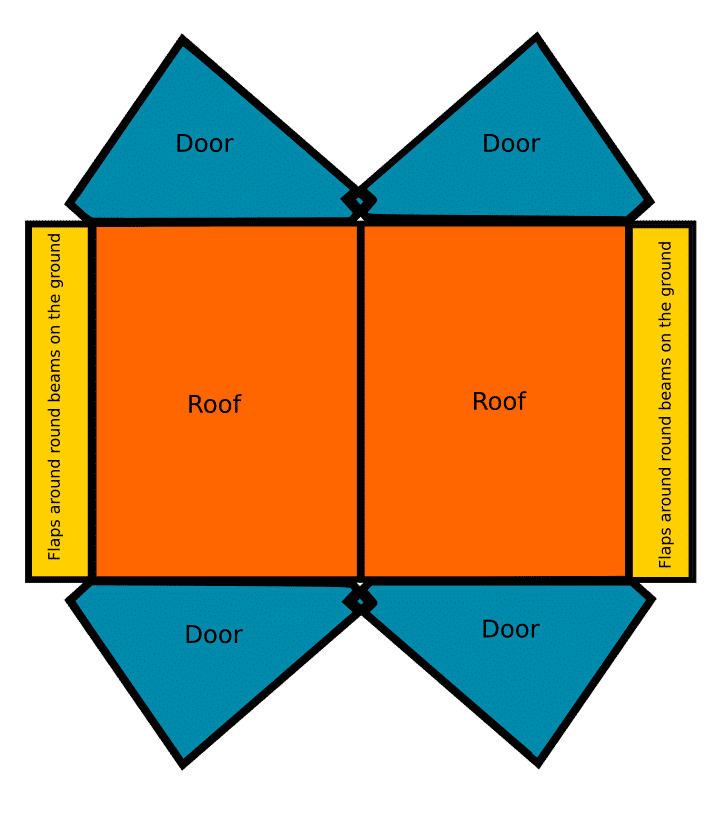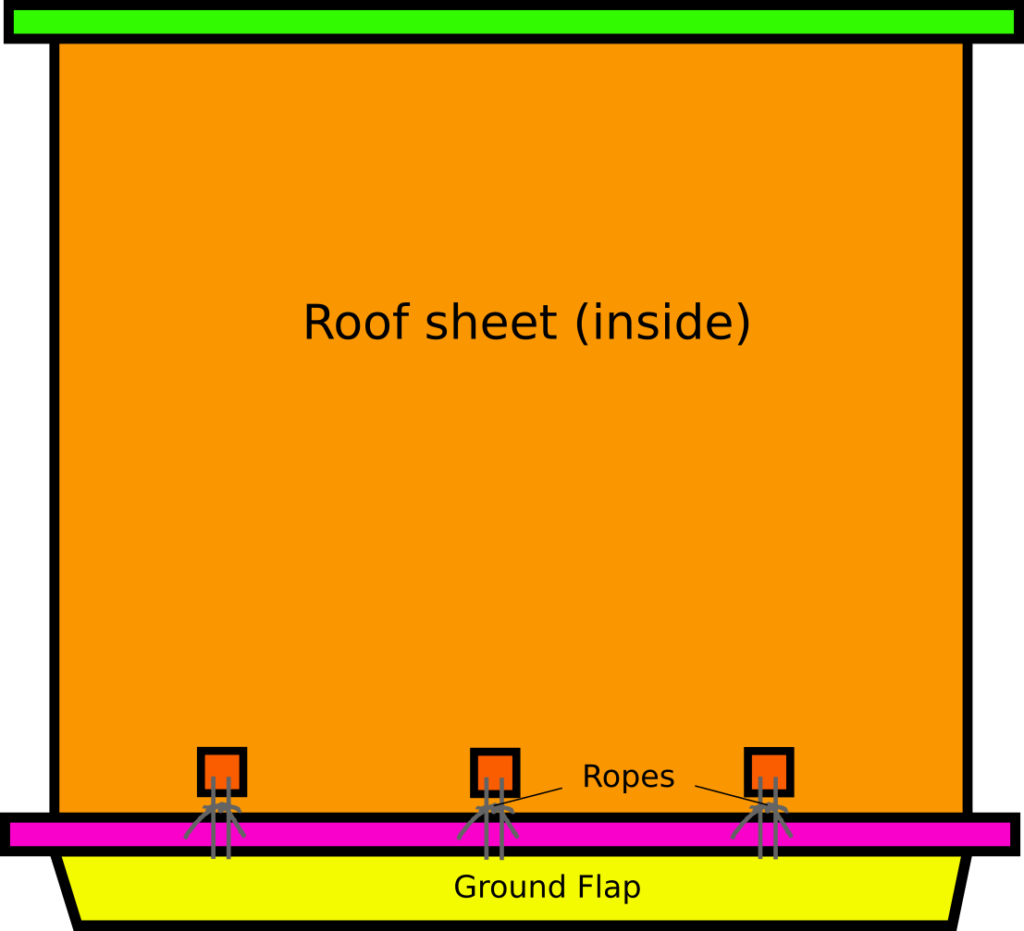What can the wooden findings in the Oseberg grave tell us?
There have been no complete findings on tents from the viking age in northern europe unfortunatly. In addition the vikings did not leave us any paintings or other illustrations. Also, their enemys and partners didnt tell us about it either. But we have some wooden findings in the grave of Oseberg that are interesting and might have been a tent:
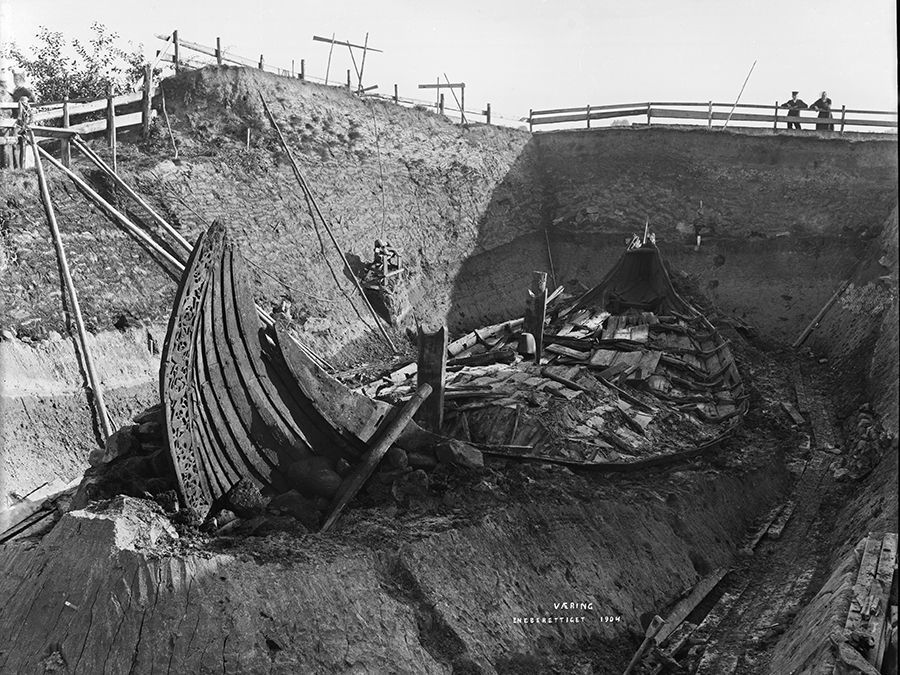
Tønsberg, Norway
In 1904 a large ship was found outside of the the region Vestfold, southeast of Oslo. The archaeologists quickly noticed that it is the most beatiful viking burial found. It is richly carved on prow and stern with animal ornamentation even below the waterline. Therefore it was clearly made for people of wealth.
The grave was made for 2 women from high status, even though their identity still remains unclear. Besides a lot of animals and a huge amount of high quality tools for daily use there were also 2 tent frames on the boat. Unfortunatly the frames did not survive till today but we still have the detailed description from the archaeologic report [1] and a later overview [2]. The assambled versions are still the current conclusion of the arrangement. However it still might be that the beams were misinterpret and one day we will find out.
Carved heads
The heads were also painted. Unfortunatly there are no illustrations or photographs of the painting and it was destroyed when the wood was treated to preserve it. We only have the descriptions from original archaeological report: The head on shear leg No. 326 was painted bright yellow and decorated with black lines. The eye had an inner ring in black. The upper part of the neck had a line of triangles with a spiral finishing the upper tip of each triangle. The lower part of the neck had a double line of squares.
Fabric and our conclusion about the Oseberg tents
While fabric in general survived from the Oseberg grave, none has been identified as having been the covering for the tent. Therefore we needed to make our own conclusion on this:
The horizontal poles on the ground and gable are round so they are better for pulling fabric around it. So its quite logic to lead the fabric as a huge rectangle around them.
On the insde of the fabric there must be something to keep the roof rectangle in place, so it might be bound to the lowest poles, see sketch 2 on the right for our example guessing eith some ropes.
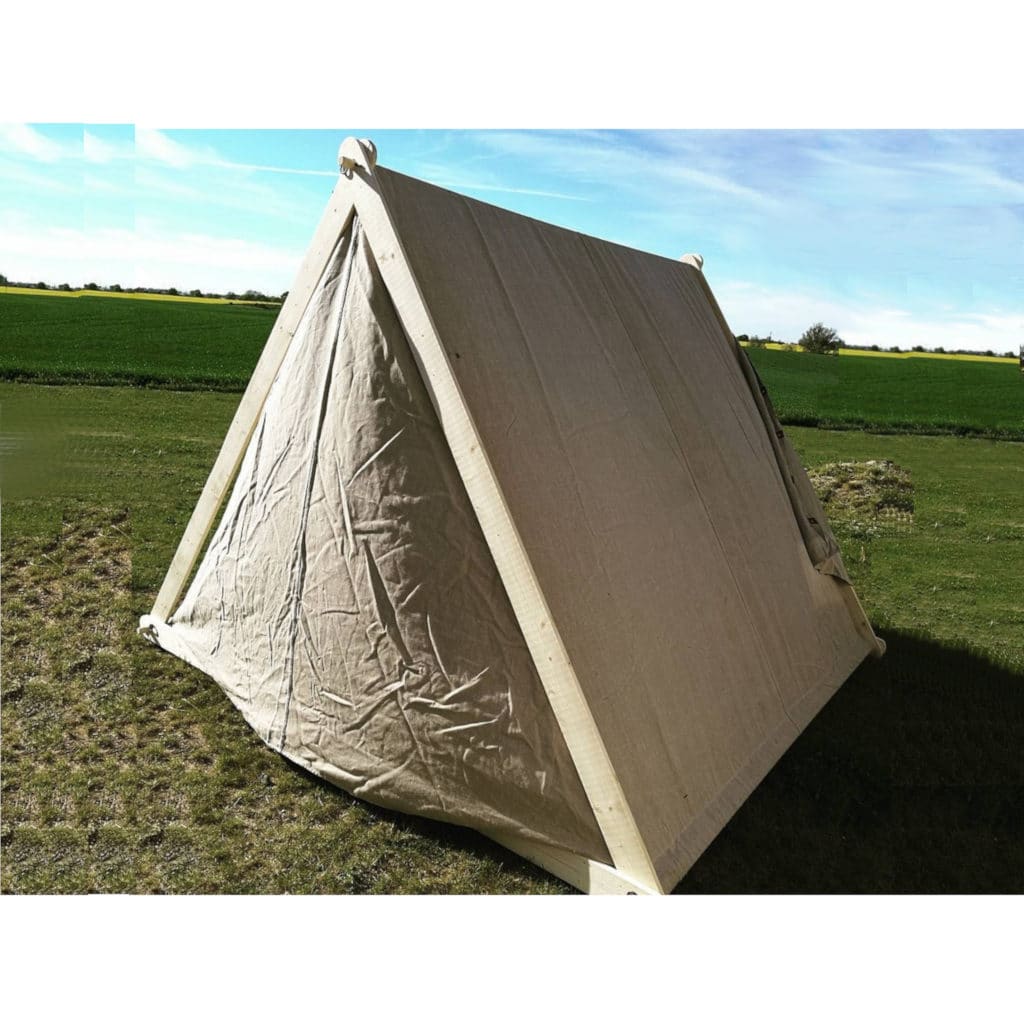
In the end the construction might have looked like our tent model SIGRUN (an early version here).
SIGRUN – Our Oseberg inspired tent for up to 4-6 people
We hope we could give you a short insight on one of the most interesting finding from the viking age.
Personal note Verena: I was stunned seeing this ship in the exhibition for the first time. A dream came true and inspired me even more. I highly recommend visiting the museum when it is possible again.
Further links: Main Website of the Museum. Here you can also see the exhibition in 360 degrees
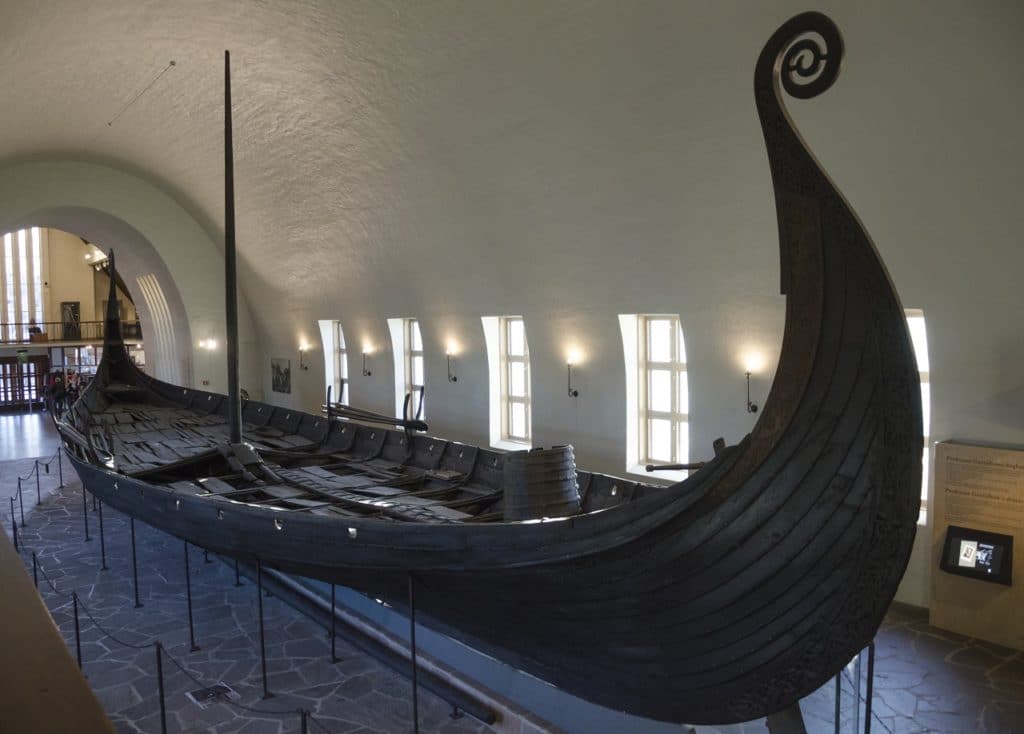
Sources:
[1] Brøgger, A. W., et al. Osebergfundet, 3 vols. Kristiana [Oslo], Universitetets Oldsaksamling, 1917-1927.
[2] Brøgger, A. W. and Haakon Shetelig, The Viking Ships: Their Ancestry and Evolution, Katherine John, tr. Oslo: Dreyer, 1951.
Photos:
Ship in the grave: Osebergschiff
Ship in the museum: Osebergskipet_2016, photo by Petter Ullelan
![View of the assambled beams of the smaller tent with the animal heads, colorized by us for highlighting [Source 1; vol.2 fig.162] View of the assambled beams of the smaller tent with the animal heads](https://www.wovenrelics.com/wp-content/uploads/cache/oseberg-tent-frame-small/2372922474.jpg)
![Here you see the beams and heads of the smaller of the two tents that have benn found [Source 2] View of the different beams that have been found in the oseberg ship burial](https://www.wovenrelics.com/wp-content/uploads/cache/oseberg-tent-beams/3501948979.jpg)
![View of the assambled beams of the bigger tent with the animal heads [Source 1] View of the assambled beams of the bigger tent with the animalheads](https://www.wovenrelics.com/wp-content/uploads/cache/oseberg-tent-frame1-scaled-e1586789140259/412767754.jpg)
![Nicely carved animal heads for putting on top of the tent frame beams [Source 1; vol.2 plate 19] Nicely carved animal heads for putting on top of the tents](https://www.wovenrelics.com/wp-content/uploads/cache/Oseberg-tent-heads/3648181970.jpg)
